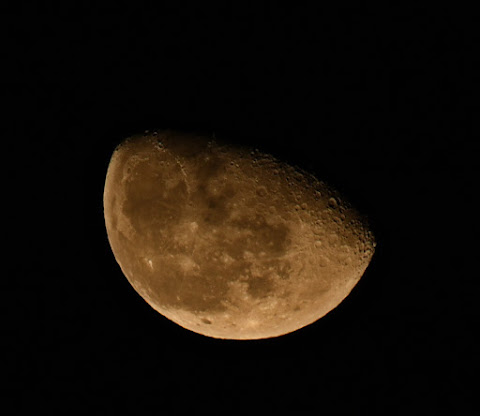With a renewed focus on manned lunar missions growing in importance, what might have once been considered an interesting wrinkle is beginning to loom as a real concern: time. Specifically, how is time to be defined, measured, and recorded in lunar activities.
Will United States explorers utilize chronographs set to
Houston time, Chinese crews to the clocks of Beijing? Time moves faster on the
surface of the moon. 56 microsceonds a day doesn’t sound like much, but it
eventually adds up, especially when precise orbital calculations depend on
accuracy. And the parameters of time even vary from the lunar surface to
vehicles and objects in orbit above the moon.
This dilemma is nothing new. The International Space Station
was designated on Coordinated Universal Time, based on atomic clocks. But that’s
just one orbital installation. The moon is obviously a much larger territory.
Buzz Aldrin prepared to track time on Apollo 11's voyage to the moon. Photo: NASA
Space agencies around the planet are beginning to exchange
ideas about the creation of a universal lunar time zone – “a common lunar
reference time,” described the European Space Agency’s Pietro Giordano, who
engineers navigation systems.
Marcia Dunn, a highly-regarded space correspondent for Associated
Press, covered this topic earlier in the week. Her reporting can be read here:
https://apnews.com/article/moon-time-zone-space-2b0124415c14755e08a58e1b5ed5362a



